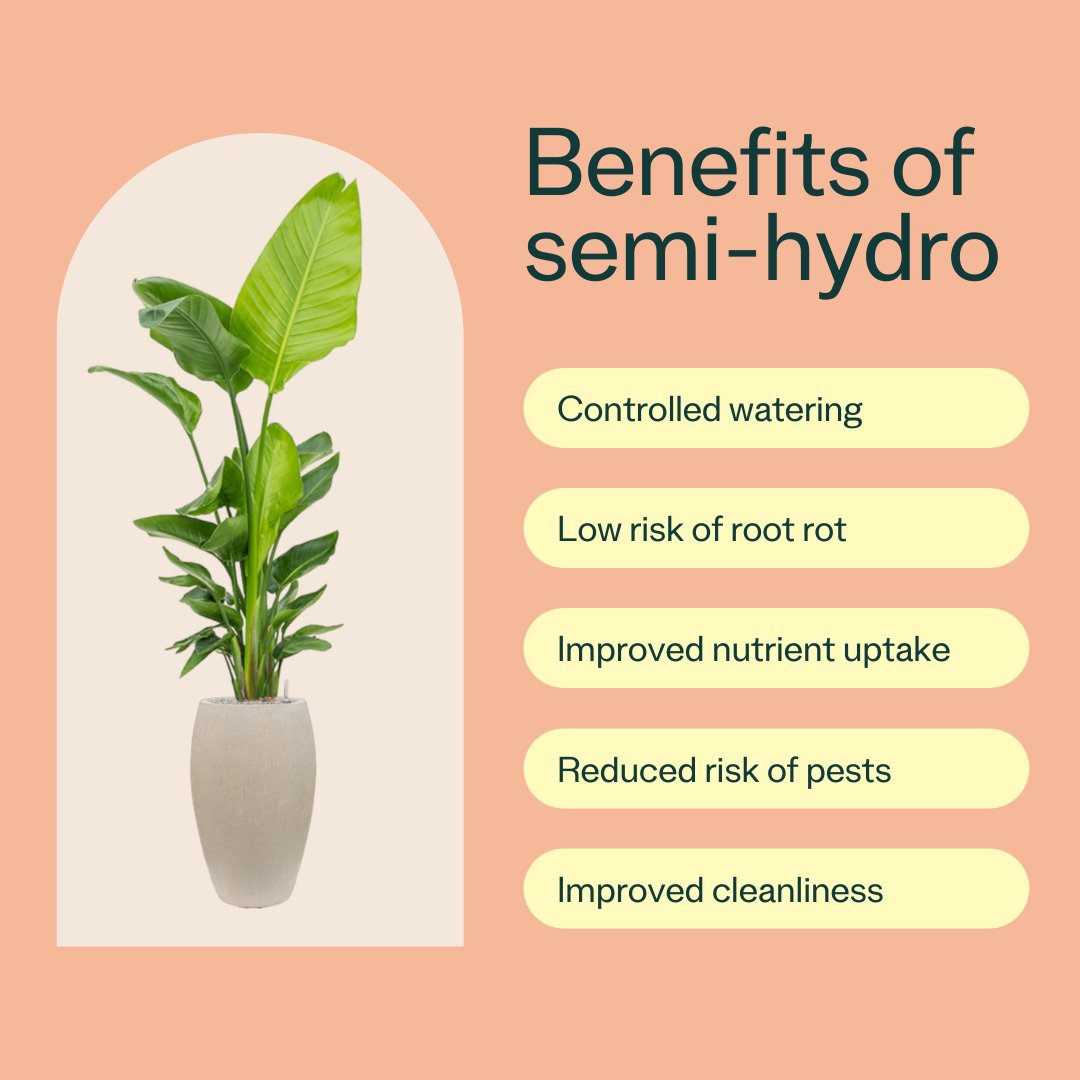
Benefits of Semi-Hydro for Plant Health
Semi-hydroponics, or semi-hydro, offers several benefits for plant growth and cultivation. Here are some of the advantages of using a semi-hydroponic system.

Semi-hydroponics, or semi-hydro, offers several benefits for plant growth and cultivation. Here are some of the advantages of using a semi-hydroponic system.